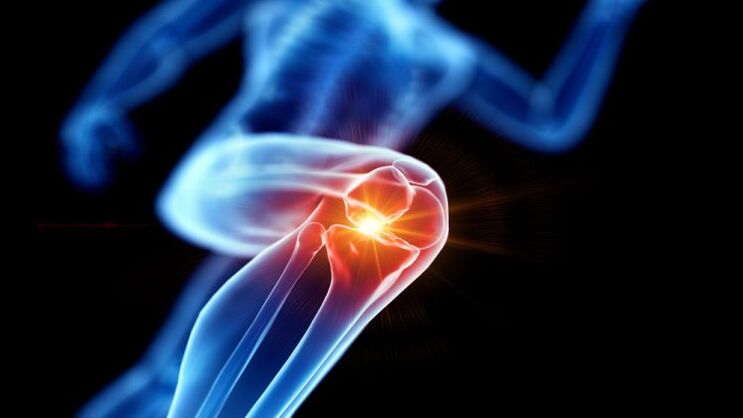
Gonorrhea, or as it is sometimes incorrectly referred to as gonorrhea (knee joint disease) is a chronic disease with a gradual progression with degenerative changes in the cartilage tissue of the joints.
As the disease progresses, a person may completely lose the ability to move independently. Prompt diagnosis and treatment of arthropathy can stop the pathological process and save a person from suffering.
Mostly, this pathology is diagnosed in middle-aged and older adults, but it can also occur in younger people. Women are several times more likely to have the disease than men. In this article, we will consider clinical symptoms and strategies for treating knee arthropathy.
The main clinical symptoms of knee joint disease
As we have already said, knee arthropathy has a gradual progression. Therefore, in the initial stage of the patient, there are few problems, but over time, the symptoms will increase.
The main clinical symptom is mild knee soreness during prolonged or strenuous exercise. The patient reported some stiffness in the joints and a "onset" pain syndrome (occurs at the onset of movement and passes after the person "scatters").
With this disease, there are no external changes in the knee. Sometimes people notice some swelling.
The pain becomes more severe as the disease progresses. Pain syndrome can occur even with little physical activity and becomes more pronounced as the knee is subjected to prolonged loads. During rest, the pain subsides and then reappears as movement resumes.
In the future, the pain syndrome will persist, both with exercise and at rest. Joint mobility is limited, and when the knee is bent, a rough crunch is heard. Along with obvious pathological changes, the knee deforms, further restricting movement.
How is knee osteoarthritis treated?

The treatment of knee arthropathy includes both non-drug and drug methods, with surgical intervention if necessary.
Patients with this condition are advised to avoid putting pressure on the knee and to reduce the load on the knee as much as possible with the help of various orthopedic devices, canes. The most important thing is to lose weight. In 2017, scientists from the Medical University published a paper in which they found that obesity increases the likelihood of developing joint disease by 4-10 times, which occurs in every third patient.
In addition, special therapeutic exercises, physiotherapy procedures, such as ultra-high frequency therapy, are prescribed for patients.
With regard to drug therapy, non-steroidal anti-inflammatory drugs may be recommended for pain relief. Since they were ineffective, intra-articular injections of glucocorticoids were performed. In addition, the treatment plan was supplemented with chondroprotective agents, injections of hyaluronic acid.
Please note that any medication should only be used as prescribed by a doctor.
In later stages of the disease, the mainstay of treatment is surgical intervention, which means replacing the articular surfaces with artificial implants.

























